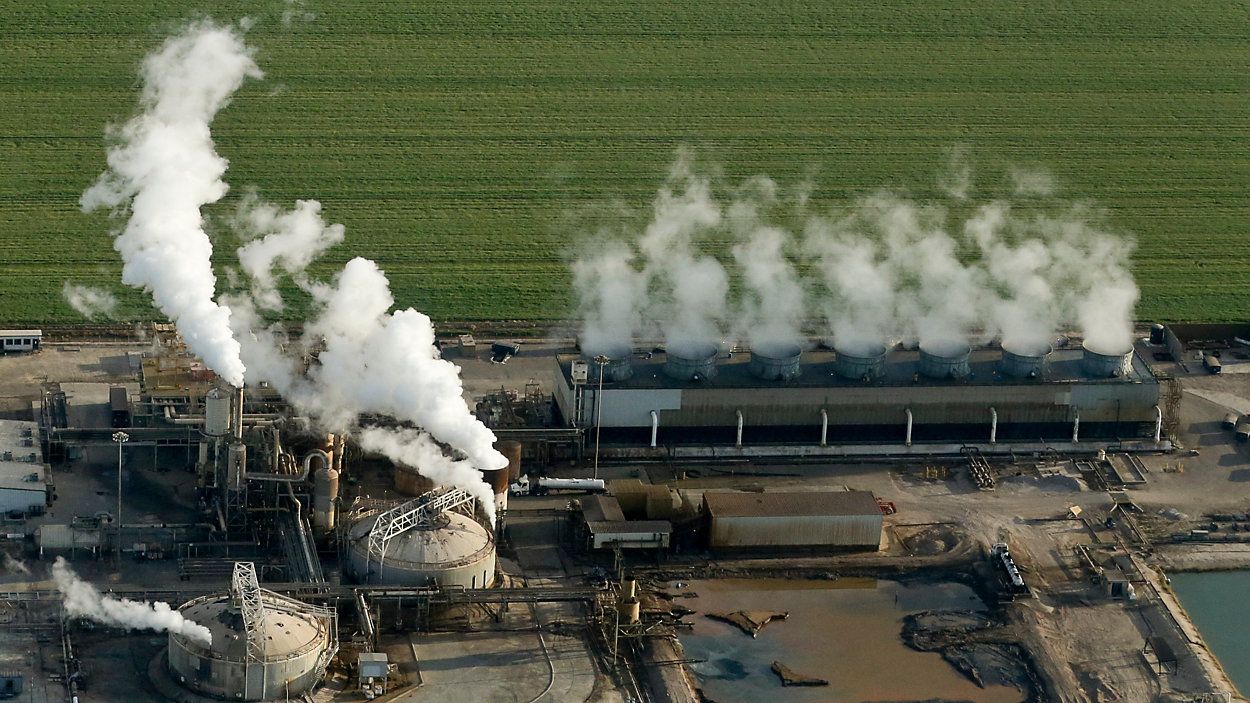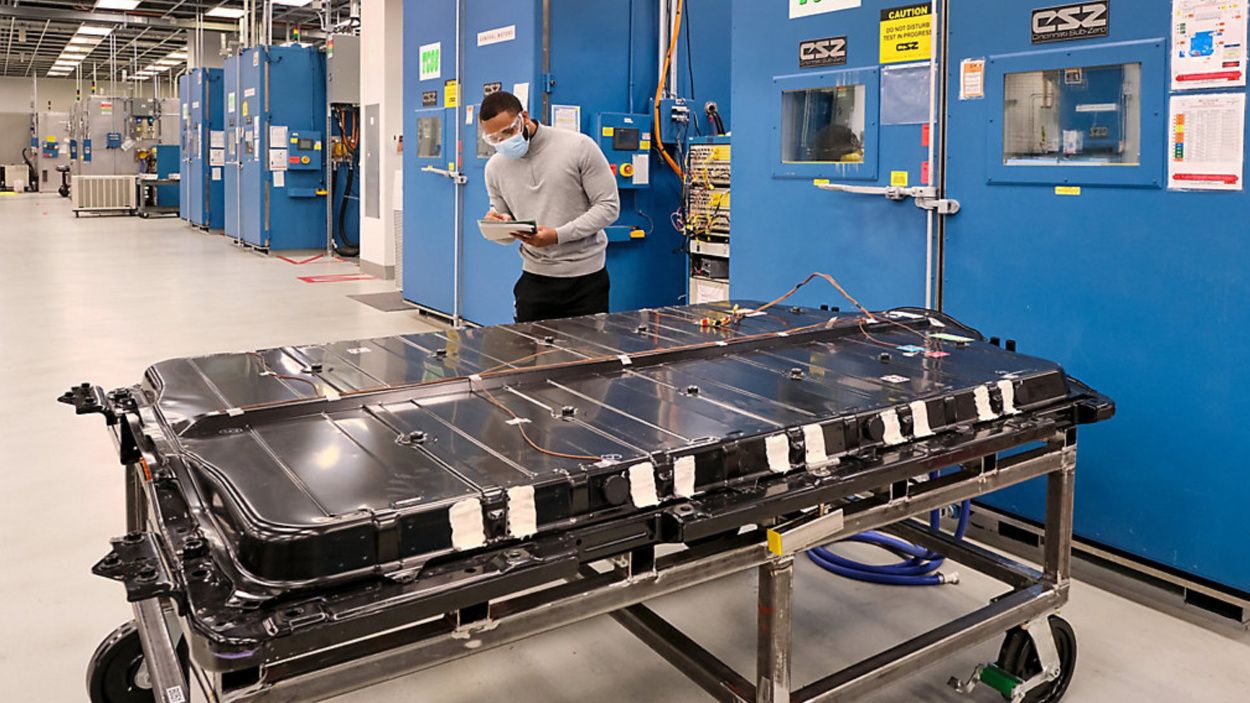General Motors announced Friday that it is investing in a company working to extract lithium from the Salton Sea. The multimillion-dollar investment in Controlled Thermal Resources, based in Imperial Valley, will provide a key resource as the Detroit auto maker strives to sell only zero-emissions vehicles by 2035.
“Lithium is critical to battery production today and will only become more important as consumer adoption of EVs increases, and we accelerate towards our all-electric future,” GM Executive Vice President Doug Parks said in a statement. “By securing and localizing the lithium supply chain in the U.S., we’re helping ensure our ability to make powerful, affordable, high mileage EVs while also helping to mitigate environmental impact and bring more low-cost lithium to the market as a whole.”
The Salton Sea contains enough lithium to meet 40% of global demand, according to California Assemblymember Eduardo Garcia. Representing Imperial County, Garcia has been spearheading a state campaign to develop Lithium Valley in the Salton Sea.
Ninety-five percent of the world’s lithium currently comes from Chile, Argentina, Australia and China, using environmentally destructive practices such as open pit mining and evaporation ponds. The lithium derived from the Salton Sea, however, is produced through a process called direct extraction and is integrated into the geothermal energy generation process, which uses steam from hot water reservoirs below the Earth’s surface to produce electricity.
Part of a geothermal brine containing multiple types of minerals, the lithium is recovered using a closed-loop system powered with the renewable energy that geothermal generates.

Lithium extracted from geothermal brine generates 4% of the greenhouse gas emissions compared with lithium produced by Chinese pit mines, according to Controlled Thermal Resources, which is one of a handful of companies currently developing geothermal lithium extraction technology in the Salton Sea area.
General Motors’ relationship with CTR seeks to accelerate the technology. The automaker said “a significant amount” of its future battery-grade lithium could come from CTR’s Hell’s Kitchen Lithium and Power development in the Salton Sea, where GM will have first dibs on the lithium produced. The Hell’s Kitchen project is expected to begin producing lithium in 2024.
While GM plans to use the Salton Sea lithium for electric vehicles it manufactures outside the state, California-based EV makers also stand to benefit from a local lithium supply. Thirty-four EV manufacturers call the state home, including the Tesla factory in Fremont and the bus makers BYD and Proterra in SoCal. Last year, electric vehicles became the state’s No. 1 export.
Producing lithium locally eliminates the transportation constraints of mining lithium in foreign countries and shipping it to battery makers in Asia who then ship the batteries to EV makers in California. Producing and sourcing lithium close to where it will ultimately be used helps reduce the environmental footprint of its production.
“It’s not just about producing bags of environmentally friendly lithium,” Controlled Thermal Resources CEO Rod Colwell said in May, during the California legislature’s first select committee hearing to consider the viability of Lithium Valley. “It’s producing a whole sector of the environmentally friendly supply chain and removing 20 links from that supply chain.”
Co-locating the lithium supply with battery and EV manufacturing in a single area is a great opportunity, he said.
About half of all U.S. EV purchases are currently in California — a number that is expected to grow following Gov. Gavin Newsom’s executive order last September mandating that 100% of new passenger vehicle sales in the state be zero emissions.
As General Motors and other global automakers work to quickly transition from fossil fuels to batteries, there could be a lithium supply crunch by 2023, according to Benchmark Mineral Intelligence. More than 2 million tons of lithium will be needed every year to meet demand. The Salton Sea could yield 600,000 tons of that annually.



